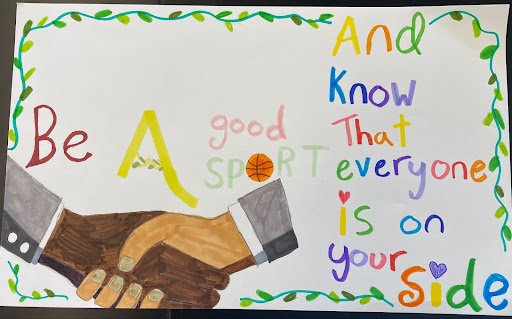Creating Norms Within Our Uppers (6th-8th) Community
Bea and Gus in their excellent costumes for a Norms Skit
What is a Norm? In Uppers we think of our Norms as a guideline for how we want to hold each other accountable, how we are able to trust each other, and how we can feel supported and seen at school. Each year, our cohort of 6th, 7th and 8th graders works together over the first few weeks of school to discuss and share about what we want school to be like and how we can make that happen as a community.
This year we started with a wide ranging and inspiringly honest discussion about what can be difficult at school. Some of the experiences were specific, but many of the feelings were universal: feeling alone, being called out, being made fun of, feeling like we don’t fit in, getting overwhelmed. We made quite a long list.
From this list, we chose a few scenarios that might happen at school that could be portrayed in a skit. Some of these scenarios were: a team gloating when they win a game, a friend starting a rumor, a teacher doling out uneven praise, not knowing how to ask for a break, how to set a boundary with a classmate. We then broke into small groups and asked kids to create a 2-part skit: one that presents the problem and one that presents a solution to the problem. Kids dove right in, creating memorable characters (why are the math teachers always so mean??) and of course, getting in full costume.
Each story told brings forth a kernel, a distilled idea that can be turned into an easy to understand motto. Each motto then becomes part of a norms representation poster that we can refer to in our classroom throughout the year. This year’s mottos are:
Be a good sport, and know that everyone is on your team.
Let people be who they are, respect boundaries.
Everyone has bad days, so take care of others and give them space.
Take responsibility, and be honest when you mess up.
Give everyone a chance, so that we can have community and solidarity.
Be inclusive. We are better together.
Take time to understand a situation. Look at things from other perspectives.
Here are some examples of the posters, created by hand and also using the online tool Canva, which we are learning to use!




